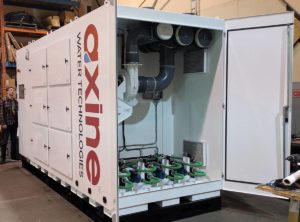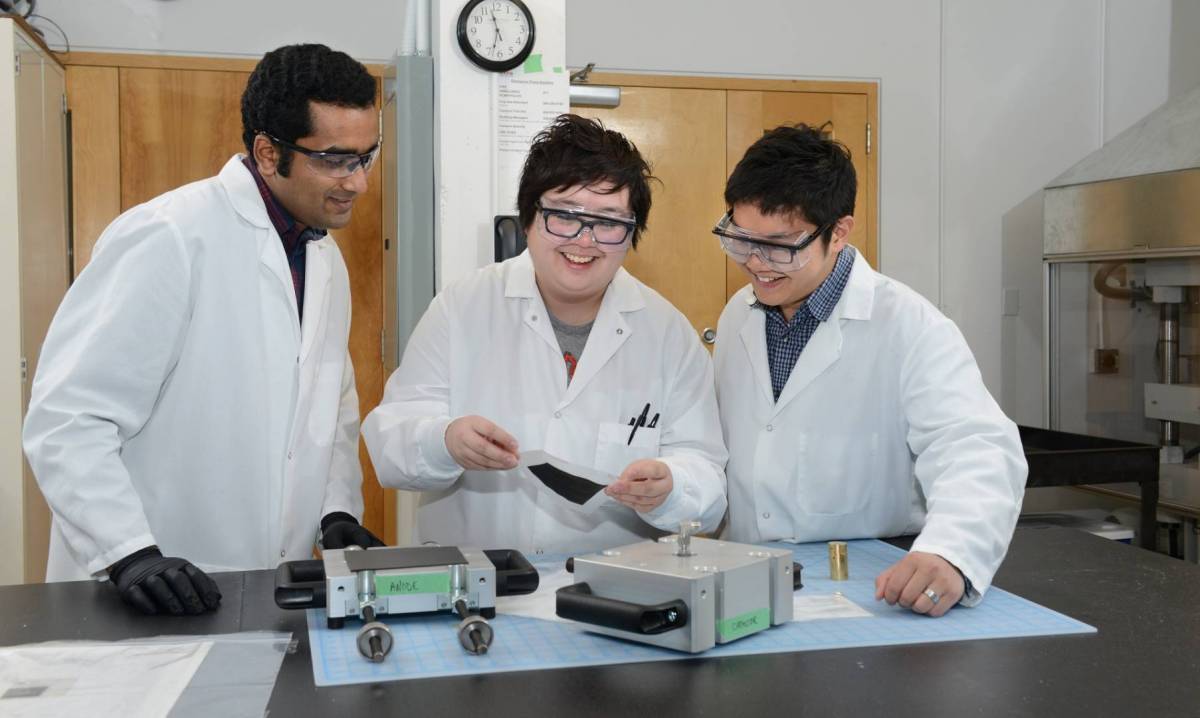By cleaning wastewater from pharmaceutical manufacturing plants, the company will help halt the rise of antibiotics resistance.
Canadian health care is on the edge of a crisis. For the past 70 years, antimicrobial drugs, including antibiotics, have been used to successfully treat infections, but over time bacteria have developed resistance to those medicines. Certain strains of germs responsible for pneumonia, urinary-tract infections, gonorrhea, and more can no longer be countered by prescription drugs, raising questions about how society will tackle these diseases in the future.

One of the biggest culprits in creating these superbugs, ironically, is pharmaceutical companies—or, more specifically, their wastewater. Like any manufacturing plant, big pharma factories require water for processes including cleaning the reactors between batch runs. Some of that liquid becomes contaminated by the drugs’ active ingredients. Although in some cases the wastewater and its pollutants are successfully treated on-site, much of it ends up at sewage-treatment plants. Those stations don’t have adequate processes to break down the pharmaceutical molecules, and harmful bacteria can gain resistance through exposure.
In the view of Jonathan Rhone, CEO of wastewater-treatment company Axine Water Technologies, that’s a big problem.
“All the studies done have shown that active pharmaceutical ingredients from manufacturing plants…are a significant contributor to [creating] antimicrobial-resistant bacteria,” he tells the Georgia Straight on the line from his Vancouver office. “It doesn’t get treated by the sewage-treatment plants because they’re nonbiodegradable organics.
“There is a multibillion-dollar market in North America where industrial manufacturers don’t have a solution for treating this type of wastewater with some of these toxic organics with it. Typically, it has to be put in a truck and driven to a special facility where it’s incinerated using fossil fuels. So it’s very energy-intensive, high-cost, and has lots of environmental liabilities associated with it. With Axine, the wastewater comes into our system, it gets treated, and then it can either be reused on-site or safely discharged to the sewer. And there are no waste products.”
The theory behind Axine’s technology has been around for a long time, but it’s only in recent years that a company has found a way to operate the technology economically.
“We don’t need any chemicals,” Rhone says. “In very simple terms, we have electrodes with advanced catalyst materials on them. When we apply electricity to them, they produce an oxidant on the surface of the catalyst. That generates one oxygen, and one hydrogen, which is called a hydroxyl radical.

“That hydroxyl radical is very reactive,” he continues. “So we flow the wastewater through a series of these catalysts that produce hydroxyl radicals on their surface. The hydroxyl radicals react with the organic pollutants—anything from pesticides to pharmaceuticals to solvents—and they basically rip the molecules apart. They oxidize them back to their basic building blocks of oxygen, hydrogen, and nitrogen gas.”
Although the process might sound simple, it’s technically challenging. Wastewater varies from one plant to another, and the concentrations of pollutants are inconsistent. Axine’s system, however, is able to treat a broad range of organic compounds, which also allows it to serve industries outside of pharmaceuticals, including electronics and chemicals manufacturing.
That versatility is one of the factors that led the company to be named to the Global Cleantech 100 list for the third year running—a prestigious award that, Rhone says, spotlights the technological leaps the Burnaby-based organization has made since its inception in 2010.
“It’s kind of the gold standard to be named to the Cleantech 100,” he says. “They’ve got a blue-chip panel of several dozen investors who look at something like 14,000 different companies from all over the world. From that, they pick 100.
“In Canada, we’re punching way above our weight class in this area,” he continues. “I think last year we had 13 companies [selected], and this year we have 12. In British Columbia, which is one of the most productive clean-tech ecosystems in the world, we had six companies named this year to the Cleantech 100, which is just astonishing. It’s a big honour for us, and it’s validation of the incredible work that our team’s doing to take this idea and turn it into a product that has an impact.

